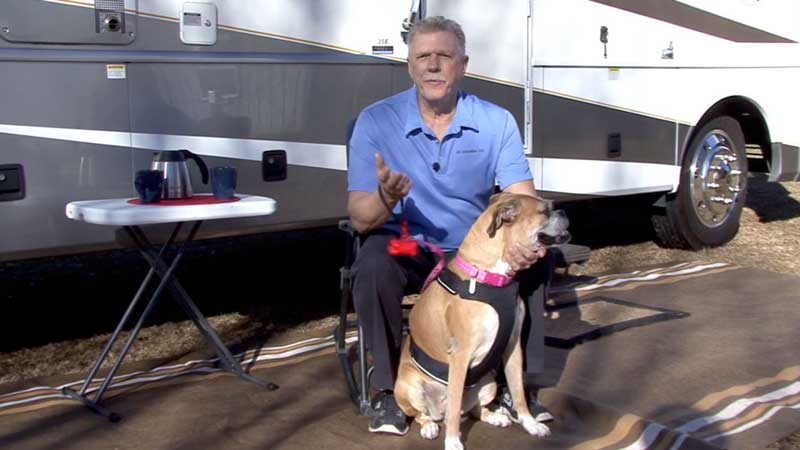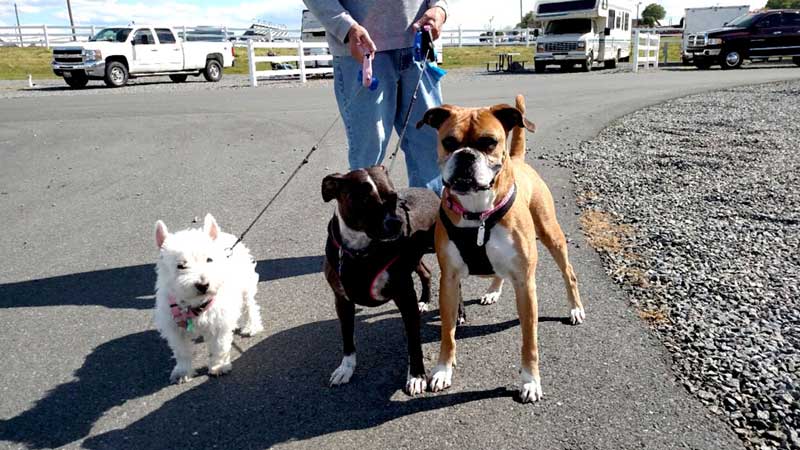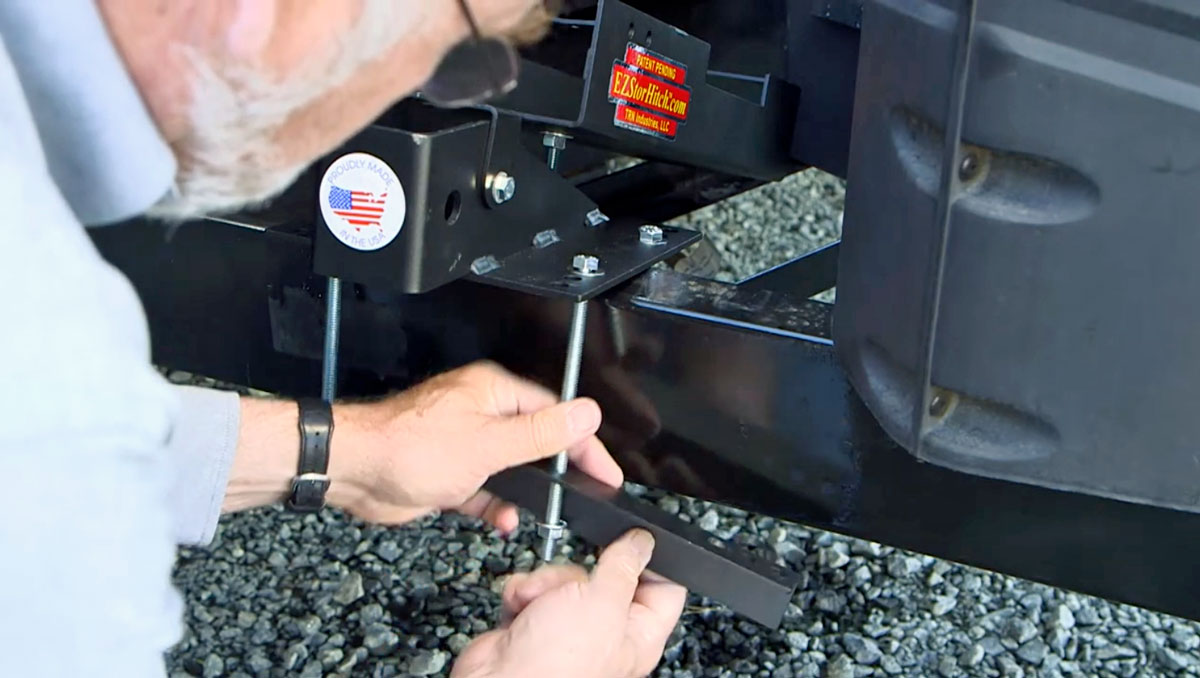When we make campground reservations, we always check to see if it’s a pet-friendly campground. Or you can call the campground in advance to check the pet policy prior to making campground reservations. Inquire if the breed or breeds of dogs you have are allowed.
It is unfortunate, but some destinations or campgrounds you plan to visit have breed specific legislation that bans particular breeds of dogs.
 Always keep in mind RVs can get extremely hot or cold inside depending on the outside temperature. Always make sure there is some type of ventilation, and heat or air available when pets are left in the RV.
Always keep in mind RVs can get extremely hot or cold inside depending on the outside temperature. Always make sure there is some type of ventilation, and heat or air available when pets are left in the RV.
Never leave your pets in the RV for long periods of time without checking on them periodically.
Always have fresh drinking water available for your pets. You never know the quality of the drinking water when you travel, so it’s a good idea to take a container of water from your home that the pets are accustomed to, or use bottled water. Stock up on a brand of pet food your pet is accustomed to for the duration of your trip.
 Pets should always travel in a pet carrier or crate for personal safety. Update all vaccinations prior to leaving on your trip, and take a proof of rabies vaccination. For extended RV trips, have your pets examined prior to leaving on your trip. Get a current health certificate from your veterinarian before traveling, and take the pets’ medical records with you.
Pets should always travel in a pet carrier or crate for personal safety. Update all vaccinations prior to leaving on your trip, and take a proof of rabies vaccination. For extended RV trips, have your pets examined prior to leaving on your trip. Get a current health certificate from your veterinarian before traveling, and take the pets’ medical records with you.
It’s a good idea to have photographs of your pets in the event they get lost or separated from you. Take flea, tick, and heartworm medications if you’ll be on extended RV trips.
 Add your veterinarian’s regular phone number and emergency phone number to your contacts list. Get the phone number for a local veterinarian when you arrive at your destination. Your pet’s collar should include identification along with basic information such as your name, address, and phone number or email address. Microchip your pets so people know how to contact you in the event your pets get lost. Take a harness, tie-out anchor, and leash or chain. Give your pets plenty of room to move, but be cautious of traffic and obstacles they could get hung or caught on. Another option is to use portable exercise pens.
Add your veterinarian’s regular phone number and emergency phone number to your contacts list. Get the phone number for a local veterinarian when you arrive at your destination. Your pet’s collar should include identification along with basic information such as your name, address, and phone number or email address. Microchip your pets so people know how to contact you in the event your pets get lost. Take a harness, tie-out anchor, and leash or chain. Give your pets plenty of room to move, but be cautious of traffic and obstacles they could get hung or caught on. Another option is to use portable exercise pens.
This list doesn’t cover all the information and concerns involved with traveling with your pets, but it sure is a good start.
Watch the show for more tips.
Happy camping from Mark Polk of RV Education 101


